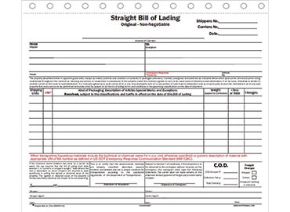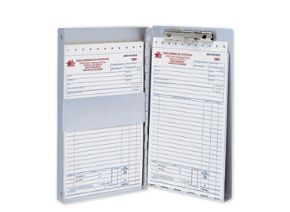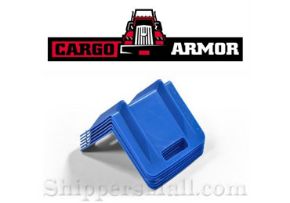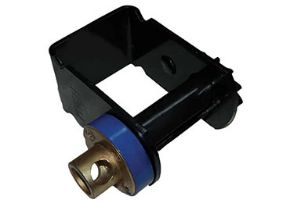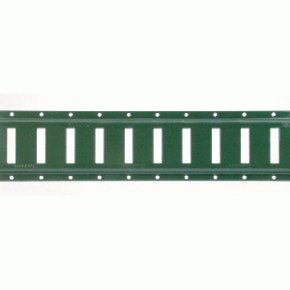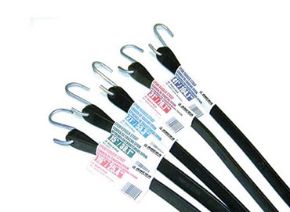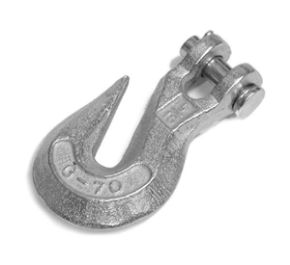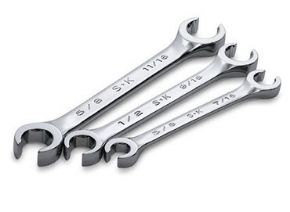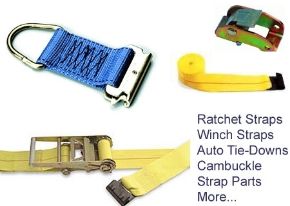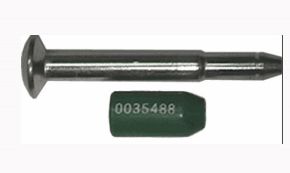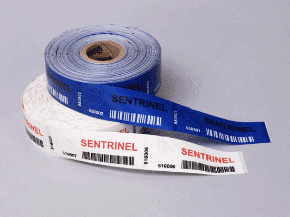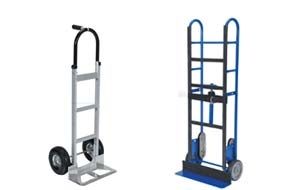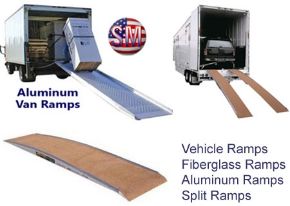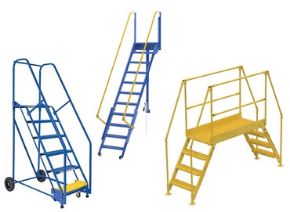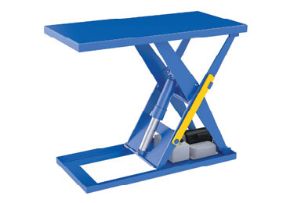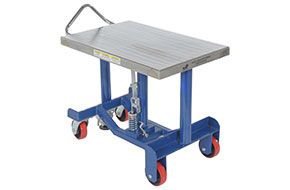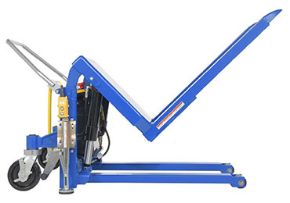
The History of the VICS-Compliant Bill of Lading: A Streamlined Approach to Shipping Documentation
Introduction
In the intricate world of supply chain management, accurate documentation is a cornerstone of efficiency and compliance. One pivotal document that has shaped shipping logistics is the VICS-compliant Bill of Lading (BOL). Originating as an initiative by the Voluntary Interindustry Commerce Standards (VICS) Association, this standardized BOL format revolutionized the way information flows between trading partners. Let’s explore its origins, evolution, and lasting impact on modern logistics.
The Birth of VICS Standards
The VICS Association, established in 1986, focused on the retail and consumer goods industries. Its mission was to develop and promote standards that enhanced supply chain collaboration and efficiency. Among its various initiatives, the Bill of Lading stood out as a critical document requiring standardization to minimize errors, reduce costs, and improve communication across the supply chain.
Why Standardization Was Needed
Before the VICS BOL, shipping documents varied widely between companies. Different formats, terminologies, and data fields caused confusion and delays in freight handling and payment processes. As globalization expanded, so did the need for a universal standard to simplify operations, especially in retail logistics where large volumes and diverse stakeholders are the norm.
Introduction of the VICS-Compliant BOL
In the 1990s, the VICS BOL was introduced to address these inefficiencies. This standardized document was designed to:
- Simplify Communication: Providing a consistent format for all trading partners.
- Ensure Compliance: Meeting the requirements of carriers, shippers, and regulatory bodies.
- Reduce Errors: Minimizing discrepancies in shipment details.
- Enhance Supply Chain Efficiency: Speeding up processing and improving data accuracy.
Key Features of the VICS-Compliant BOL
- Uniform Structure: The format includes clear sections for shipper details, consignee information, carrier instructions, and item descriptions.
- Barcoding: Facilitating faster data capture and reducing manual entry errors.
- Flexibility: While standardized, it allows customization to include company-specific details without compromising its universal format.
Evolution Over Time
The VICS BOL has undergone significant evolution since its inception, especially after the VICS Association merged with GS1 US in 2012. This merger marked a turning point, integrating the VICS BOL into the broader framework of GS1 US standards, which are globally recognized for enabling efficient supply chain operations.
The Transition to GS1 Standards
GS1 US emphasized interoperability, ensuring that the VICS-compliant BOL could seamlessly integrate with other GS1 standards, such as:
- GS1-128 Barcodes: Encoding critical shipment information on the BOL for faster and more accurate data capture.
- Electronic Data Interchange (EDI): Standardizing EDI transaction sets that included BOL data to facilitate real-time communication between trading partners.
Adapting to Industry Needs
GS1 US recognized the changing needs of industries increasingly reliant on digital solutions. The transition catalyzed the shift from traditional paper BOLs to electronic BOLs (eBOLs). These digital formats retained the VICS BOL’s standardized structure while offering:
- Integration with Transportation Management Systems (TMS) for automating BOL creation.
- Syncing with Warehouse Management Systems (WMS) for real-time inventory tracking.
- Compatibility with blockchain and IoT technologies to improve transparency and traceability.
Broader Industry Adoption
Under GS1 US, the VICS-compliant BOL gained acceptance beyond retail and consumer goods. Industries such as healthcare, manufacturing, and e-commerce adopted the standardized format to streamline logistics and simplify compliance.
Global Influence
The alignment with international GS1 standards facilitated cross-border logistics, making the VICS-compliant BOL a vital tool for global trade. Businesses operating in multiple countries could rely on a universal standard to navigate the complexities of international shipping.
The Impact on Modern Logistics
The adoption of the VICS-compliant BOL has had a profound effect on logistics operations. Retail giants like Walmart, Target, and others mandated its use, ensuring smooth integration across their supply chains. As electronic data interchange (EDI) gained traction, the VICS BOL became a foundation for digitized shipping processes, further enhancing efficiency.
Looking Ahead
Today, the legacy of the VICS-compliant Bill of Lading lives on in modern supply chains. The transition to GS1 US ensured its continued relevance while enabling its evolution into a dynamic and versatile tool. As technology advances, the principles established by the VICS Association remain foundational, guiding the development of next-generation logistics solutions. Whether in its paper or digital form, the VICS BOL is a timeless standard, ensuring efficiency, accuracy, and collaboration in the supply chain.

